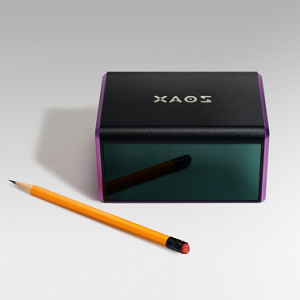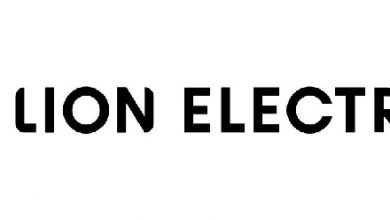XAOS MOTORS unveiled XCAT LiDAR that can achieve fully self-driving cars

XAOS MOTORS, headquartered in KOREA, challenges the technological progress of autonomous driving. XAOS MOTORS, by launching XCAT LiDAR Sensor now, give OEMs to make fully self-driving cars earlier than the market expected.
MEMS LiDAR Sensor XCAT was developed for self-driving cars. With the ability to scan over 300 meters, XCAT can safely cope with high-speed driving. XCAT is designed for mass production, and OEMs can adopt high-performance 3D LiDARs at a low cost.
According to recent market reports, in 2030, the car sensor market will be $63 billions, and the largest growing LiDAR market will be $12 billions. About 80 LiDAR companies have been invested in more than $2 billions, or merged by OEMs and mobility companies.
“The LiDAR market for the automotive industry has key issues such as scan distance, mass production/price and resolution,” said Chul-Jeung Hwang, CEO, and co-founder of XAOS MOTORS. “We finally overcame limits and released the XCAT LiDAR with long-range for safety considering mutual high-speeds, low-cost required for OEMs and high-resolution, which will enable mass adoption in the vehicles regardless of urban or highway use.”
XCAT was developed by proprietary technology of XAOS MOTORS and was designed based on following technologies:
- Automotive Vision Intelligence: XCAT LiDAR supports level 4 and 5 autonomous driving. XCAT LiDAR provides high-resolution 3D information to significantly improve the functionality and reliability of ADAS. XCAT LiDAR allows the capture of precise distance images of the driving environment.
- Digital Control Tech: XCAT LiDAR’s digital algorithm controls the transmission and reception of analog signals. XCAT LiDAR can mass-produce products with various conditions just by changing the digital algorithm. The characteristics of these digital intelligence technologies have a great influence on the competitiveness in the lidar market. It is also very beneficial for integration with autonomous technology.
- Electrical Noise Handling Tech: Nano-second of Optical impulse generated from Light source and returned to XCAT lidar system. This high sharp impulse contains very wide frequency spectrum and is considered very difficult to handle. Its amp has wide band width and very low level signal handling technology. XCAT Electronic circuit for light sends, receives and powers handling circuits, which is optimized for noise in circuit and printed circuit board design include parts and components.
XAOS MOTORS cleared another problem in the LiDAR market, developing its own 3D viewer S/W. 3D viewer XCAT-VIEW is now available by using XCAT LiDAR. While XCAT LiDAR scans obstacles around self-driving car, XCAT-VIEW provides 3D image immediately and customers can monitor scanning data real time.
“To achieve fully self-driving, we also developed Flash LiDAR as a complementary solution with MEMS LiDAR,” Soo-Yeub Yoo, CTO and co-founder of XAOS MOTORS. “We developed both of the MEMS LiDAR and the Flash LiDAR with our proprietary technology to make autonomous driving safer.”





